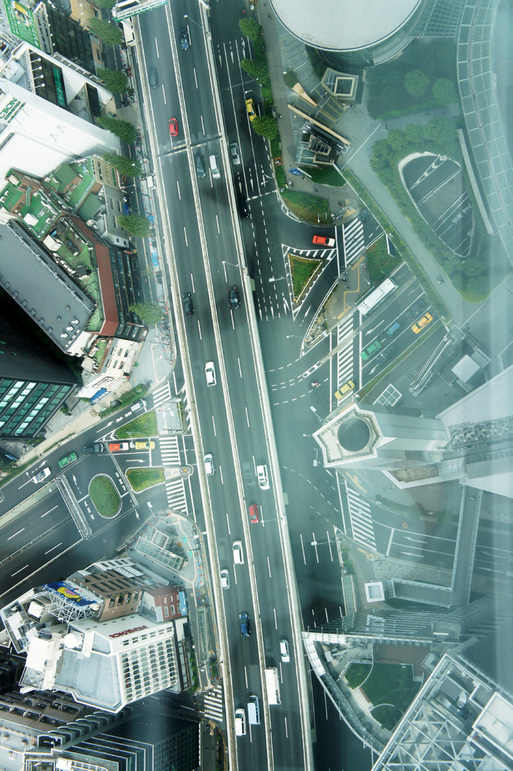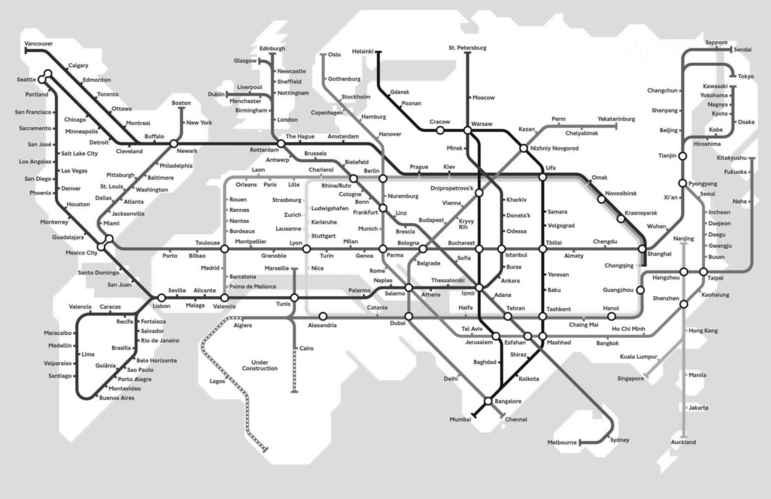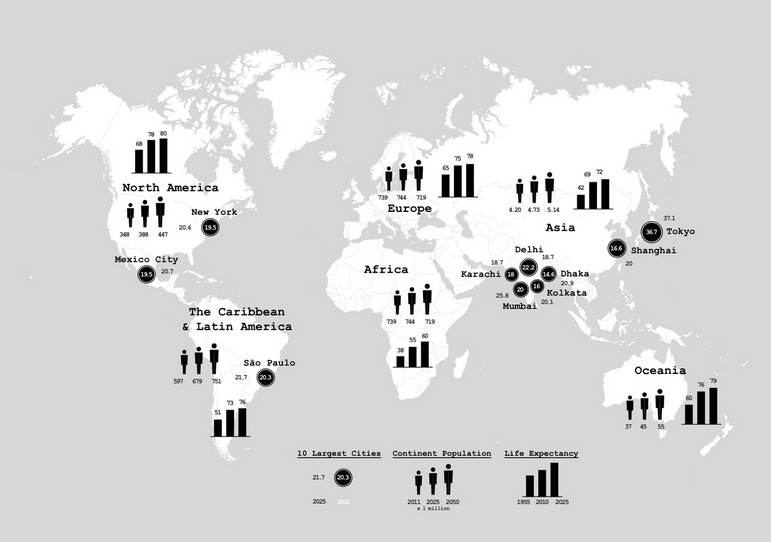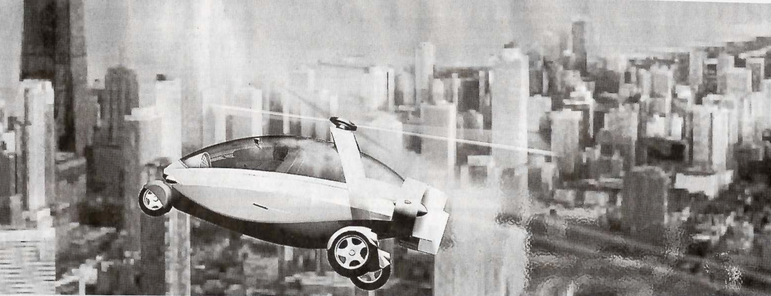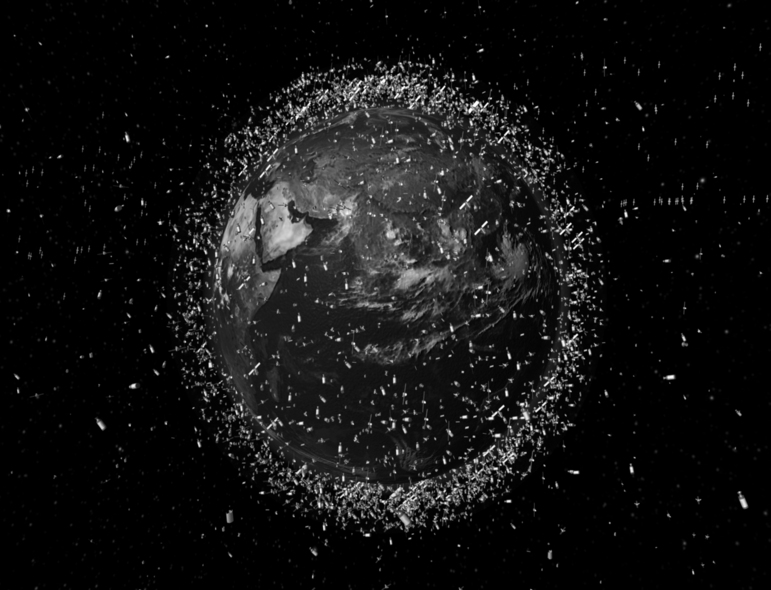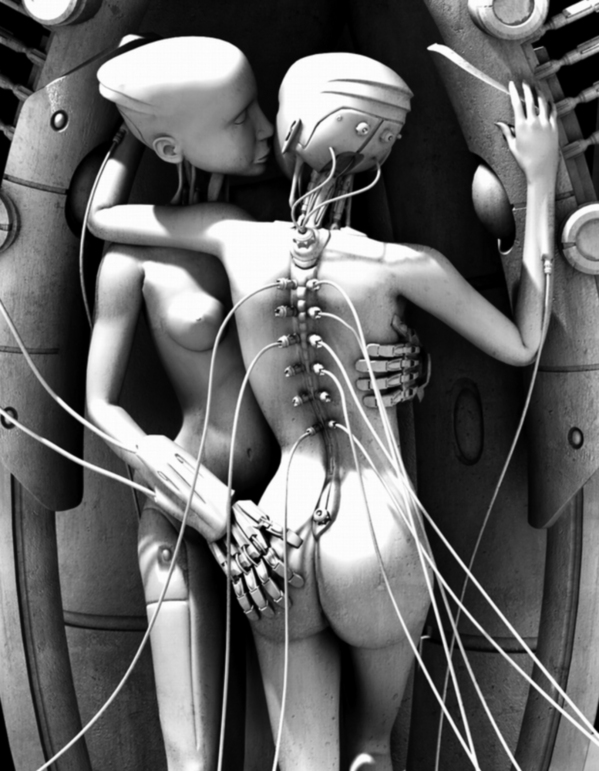A Wonderful World
To understand the world we are living in we have to redefine the ‘Map of the World’, a mental construct which at least since 1492 has undergone many reinterpretations. We could read the world anno 2020 as a collective living space for all, in which all the continents are in reach within 288 minutes, and the maximum travel distance within each continent will be 72 minutes, the time in which every city on each continent will be able to be reached. The world will be our territory, the continents are our daily living space, and the metropolitan three-dimensional city our home, surrounded by an untouched green/blue environment. The basic question we should put forward is: How will the city develop within our extremely exciting, complex, but ‘shrinking’ world? This problem was not solved during the twentieth century, although an important attempt was made to think about an ‘International Style’, an idea that people all over would be able to live their lives within one ideological construct. What will be the strategy for the contemporary city and who will challenge this development? We have to radically change our perception of what is a city; we have to find a new definition and even a new word for what we call ‘the city’ or the ‘metropolis’, a name that was coined in the early-twentieth century.
Wiel Arets, Wiel Arets: Autobiographical References, Birkhäuser, 2012, pp. 489-492
